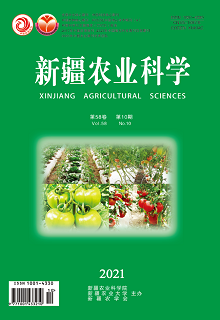【Objective】 Abiotic stress is a key factor that restricts the growth and development of tomato, and affects the quality and yield of tomato crops, review in recent years, the research development of proteomics in tomato adversity stress, summarized proteomics technology in tomato response to abiotic (salt, drought, high temperature, low temperature, other) stress on the research progress of in-depth study for the use of proteomics technology.The molecular mechanism of tomato response to abiotic stress lays a theoretical foundation. 【Methods】 Statistical methods were used to collect literature data, and proteomics in tomato response to abiotic (saline-alkali, drought,High temperature, low temperature, etc.) stress was analyzed and summarized. 【Results】 Salt tolerance (osmotic regulation, osmotic protection, ion homeostasis, oxygen elimination scavengers, stress response, etc.) was related to the duration of stress. Down-regulated proteins were mainly involved in metabolism and energy conversion, and up-regulated proteins were involved in signal transduction or transport. Drought response proteins include proteins associated with heat and osmotic protectant production, lipid metabolism, cell wall modification, ceramide metabolism, and mitogen-activated protein phosphorylation. Proteins are involved in a wide range of cellular processes, including defense/stress responses, ion binding/transport, photosynthesis and protein synthesis, how stress conditions are initially perceived, and which major responses are activated by plant organs. 【Conclusion】 Under abiotic stress, tomato responded to various abiotic stresses by changing its protein expression level. Proteomic studies can reveal the dynamic changes of cellular proteins in tomato during stress response and identify differentially expressed proteins, which is an important part of tomato resistance biology research.

